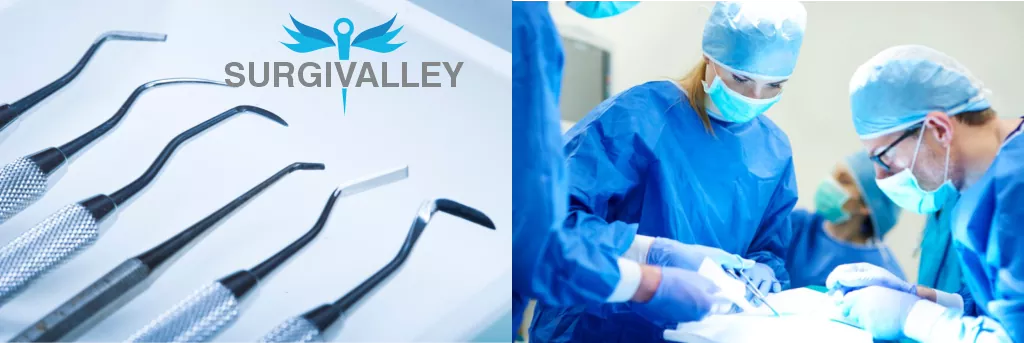Precision, Quality, and Reliability: Our Surgical Instruments - Innovations in Surgical Instrument Manufacturing: How Technology is Improving Patient Outcomes
Surgical instruments are a crucial part of any surgical procedure, and the manufacturing of these instruments has come a long way in recent years. With the advancements in technology, surgical instrum
-
Advanced Materials: One of the biggest innovations in surgical instrument manufacturing is the use of advanced materials, such as titanium and ceramic. These materials are much more durable and corrosion-resistant than traditional materials like stainless steel, which means that instruments made from them will last longer and require less maintenance. Additionally, these materials are also biocompatible, which means that they are less likely to cause an allergic reaction or other adverse effects in patients.
-
Computer-aided Design (CAD) and Computer-aided Manufacturing (CAM): With the advent of CAD and CAM technology, manufacturers are now able to create highly precise and accurate instruments. This technology allows for the creation of complex designs and geometries, which can be difficult to achieve with traditional manufacturing methods. The result is a new generation of instruments that are more effective and efficient than ever before.
-
Robotics and Automation: Robotics and automation are also playing a key role in surgical instrument manufacturing. By using robots to perform repetitive tasks, manufacturers are able to improve the speed and accuracy of the production process. This can lead to faster turnaround times, better quality control, and lower costs.
-
Sterilization and Decontamination: With the increasing concern over infection control in hospitals, surgical instrument manufacturers are now paying more attention to sterilization and decontamination. Many manufacturers are now incorporating new technologies such as antimicrobial coatings and UV-C sterilization into their instruments, which can help to reduce the risk of infection for patients.
Conclusion: Innovations in surgical instrument manufacturing are helping to improve patient outcomes in a number of ways. From the use of advanced materials to computer-aided design and robotics, manufacturers are now able to produce instruments that are more precise, durable, and easy to use. Additionally, the focus on sterilization and decontamination is helping to reduce the risk of infection for patients. As technology continues to evolve, we can expect to see even more innovations in surgical instrument manufacturing in the future.
Fizan Shahzad
As the head of sales and marketing for a medical device company, I have a wealth of experience in the industry. I have a proven track record of success in developing and implementing effective sales and marketing strategies, as well as a deep understanding of the unique challenges and opportunities that come with selling medical devices. I have a strong background in product development, market research, and customer relationship management, and I am well-versed in the latest industry trends and best practices. As a blogger, I enjoy sharing my insights and expertise with others in the field, and I am passionate about helping medical device companies succeed in a highly competitive market. Whether through my blog posts, speaking engagements, or other forms of content, I strive to provide valuable information and resources that can help medical device professionals achieve their goals.
